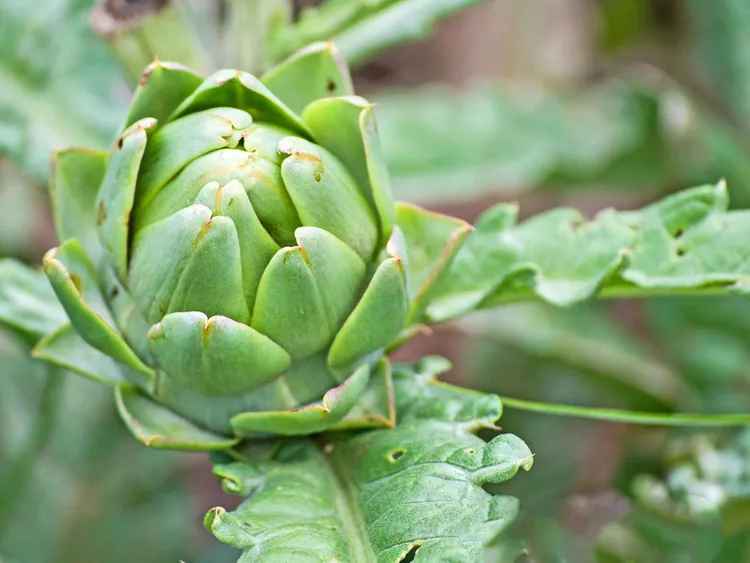Two attractive elements for your garden are the milkweed flowers. It has beautiful rosy-purple flowers. It is also an excellent plant to attract butterflies and hummingbirds. The flowers bloom in autumn and are followed by seed pods that can reach three inches.
At maturity, the pods split to reveal seeds. The seeds are covered in a cotton-like fluff that allows them to be carried by the wind. The common name of “milkweed” is derived from the milky sap that runs out when the stem of the showy milkweed plant is broken. The leaves can be up to 8 inches in length, are oval and bluish green, and have prominent veins.
Showy milkweed1 is similar to common milkweed but can be distinguished in two ways.
Flowers: The flower heads are bigger and have more space between individual flowers.
The presence of small fibers or “hairs”, on the plant
The most important use of showy milkweed as a host plant is for monarch butterfly larvae. Learn how to provide showy milkweed with the best conditions to create a stunning display in your landscape.
WARNING
Showy Milkweed is toxic to both humans and animals.
Common NameShowy milkweed
Botanical NameAsclepias speciosa
FamilyApocynaceae
Plant TypeHerbaceous, Perennial
Mature Size1-3 feet tall
Sun ExposureFull
Soil Type Well Drained
Soil pHAcidic, Neutral, Alkaline
Bloom Time Spring and Summer
Flower Color Purple and Pink
Hardiness Zones 3-9 of the United States Department of Agriculture
Native AreaNorth America
Toxicity Toxic for cats, dogs and horses
Showy Milkweed Care
It is easy to grow. It can tolerate drought and poor soils. It will perform better on such soils than on fertile and wet soils.
Some gardeners find the plant too easy to grow because it self-seeds. Showy milkweed is not as aggressive as common milkweed, but it can be grown in mixed flower beds. Simply cut the seed pods off before they open to prevent the plant spreading.
Showy milkweed is a plant with a very deep taproot. Avoid trying to move it once the plant has established itself. Select a location in your landscape where it will grow for many years.
The milkweed is a showy variety with white flowers clustered between the large leaves.
Closeup of a milkweed flower with star-shaped clusters
Macro shot of the showy milkweed flowers
Light
The best way to get the most out of showy milkweed is by giving it full sun.
Soil
Good drainage is the main requirement for milkweed.
Water
Once the plant is established, do not overwater it. Showy milkweed likes soils that are a bit on the drier side.
Fertilizer
Showy milkweed does not require fertilizer. Too much fertilizer may result in underperformance.
Milkweed and Related Plants
Asclepias belongs to a large family of genera called Apocynaceae. The family also includes:
Dogbane (Apocynum cannabium)
Blue star (Amsonia tabernaemontana)
Oleander (Nerium oleander)
Rocktrumpet (Mandevilla x amabilis)
There are many species within the Asclepias Genus. There are many different colors and heights.
Asclepias siriaca (common milkweed): Height 2 to 4 feet; pink-purple.
Asclepias Tuberosa: Height 1 to 2 feet; Light orange
Swamp milkweed: Height 4 to 5 feet; pink, mauve or white
Sandhill milkweed: Height 1 to 3 feet; pink, white, or lavender.
The FAQ
Do I need to plant common or showy milkweed?
Showy milkweed may look similar to common milkweed but is a better choice for your home garden as it is less aggressive.
When is the best season to trim back showy Milkweed?
You can prune the plant either in spring or fall. Cut the dead stalks down to the ground after the first frost of late fall or wait until spring to allow small animals and birds to use the fibers from the stalks and around the seeds to build nests.
What other animals are drawn to showy Milkweed?
Snowy Milkweed is a great plant for attracting bees and moths as well as other butterflies, birds, and birds.





